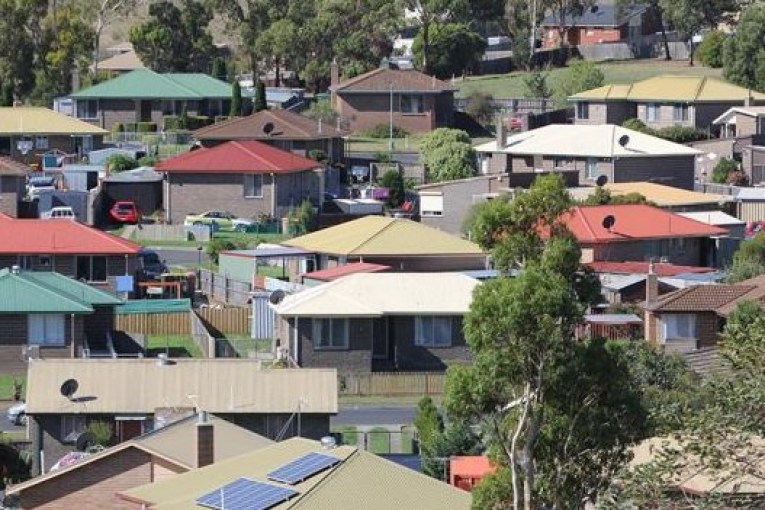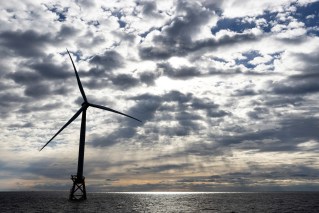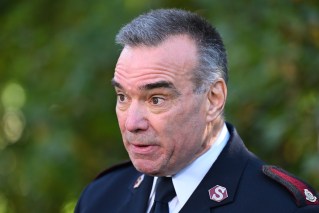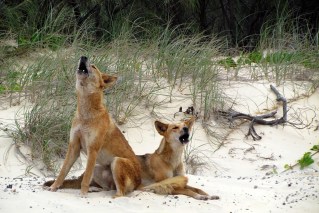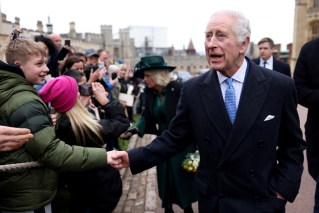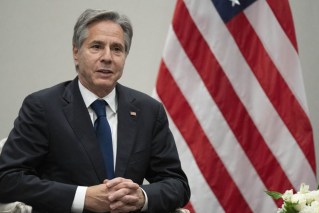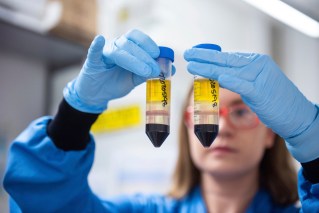Double dose: how economic and health support saved Queensland from a Covid meltdown
Spending measures that offered Queenslanders support for their financial and physical health in large doses have been highlighted as key to preventing a pandemic disaster, according to Queensland’s Auditor-General.

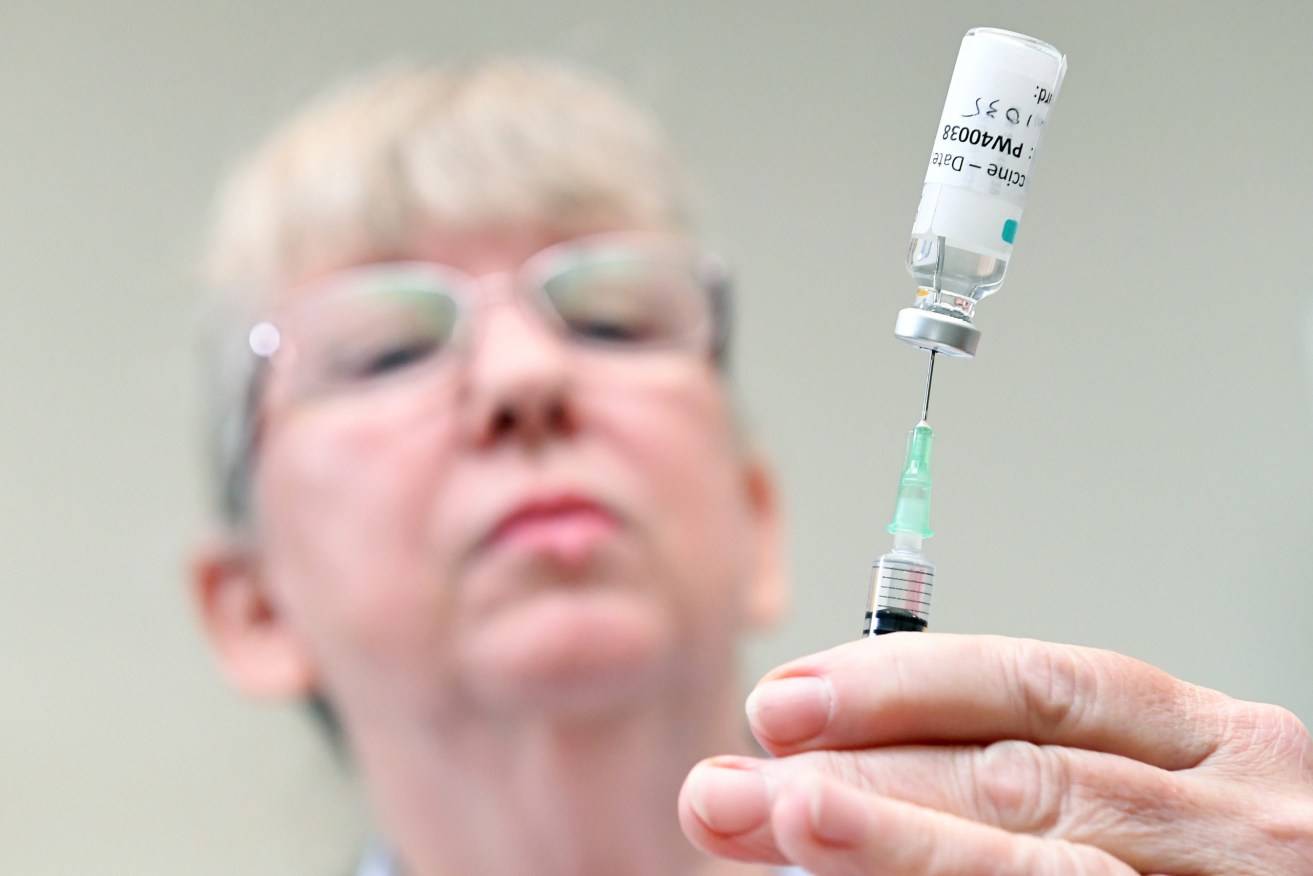
The report card on the Palaszczuk Government’s management of the pandemic probed the public spending commitment of $17.2 billion for economic response and recovery that paid for more than 300 initiatives from the start of the outbreak in early 2020 through to December 21.
Those commitments, including grants, loans, and state tax relief for both businesses and individuals, “contributed to a faster-than-expected economic recovery” during the first two years of the pandemic, according to Queensland acting auditor-general Karen Johnson.
“The initial economic initiatives announced by the Queensland Government in February 2020 focused on stimulating the economy to keep people employed and businesses operating,” she said.
“This was consistent with initiatives at the national and international levels.
“Queensland prioritised health outcomes, in line with data that indicates economic outcomes are more favourable where health outcomes are better.”
Johnson’s assessment comes as Queensland braces for a new spike in Covid infections expected to peak in August.
The numbers were on trend to meet the grim forecast this week with hospitalisations and deaths from the virus surpassing previous records.
Praise for the government’s focus on health ahead of the economy also emerges at a time when more medical experts are urging mandated mask wearing in the face of resistance from governments wary of public backlash from initiating such a move.
As of December last year, 45 per cent of the overall $17.2 billion in funding, or $7.8 billion, had been spent.
Health and safety responses were allocated $2.4 billion, while $5.4 billion was spent on responses for economic recovery.
Shadow treasurer David Janetski said the government needed to “reflect and address” why it spent $10.57 million on promoting its economic recovery over the $2.5 million it spent on promoting vaccination programs.
“Four times more was spent on self-promotion than vaccination promotion,” Janetski said on the grounds of State Parliament this morning.
“That raises questions about how the government was using money at the most important time in Queensland’s history.”
Johnson said “quick policy responses designed to soften the economic impacts” produced a faster-than-expected recovery in domestic activity, which had continued to reverberate through the Queensland economy in early 2022.
Her report on the government’s progress chronicles a period of massive “uncertainty and volatility – for Queensland, Australia, and globally”.
By late March 2020, she said, a severe economic downturn with an increase in unemployment rates was widely expected.
“The extent and duration of the downturn was uncertain. The International Monetary Fund forecast a global GDP contraction of 3 per cent for 2020 and reported an actual fall of 3.1 per cent,” she said.
“This suggested the pandemic would have a much greater impact than the 2009 Global Financial Crisis, when a 0.1 per cent decline in global activity was recorded.
“Economic analysts in Australia anticipated an unprecedented weakening of the national economy, with most forecasting an unemployment rate of 10 per cent or higher.”
Based on the sobering data, governments globally began to implement a range of fiscal support measures, with the Queensland Government shifting its focus to initiatives designed for longer-term economic recovery.
“This change in focus was because the expected significant downturn in the overall Queensland economy did not occur, due to a combination of factors including lower-than-expected Covid-19 case numbers in Queensland and economic stimulus from all levels of government,” Johnson said.
Johnson’s report, tabled in State Parliament on Tuesday, also highlighted industries that could not be spared from acute pain, including the tourism industry that saw Australian visitor arrivals fall by 98 per cent in the year to January 2021.
Queensland’s international student enrolments reduced by 21 per cent and commencements reduced by 32 per cent in the year to September 30, 2021.
In recommending further improvements, Johnson said initiatives were more successful in reaching the intended users if they were based on an understanding of the users’ needs and were clearly targeted.
But she conceded the unprecedented nature of the global pandemic and the need for rapid response meant that it was not always feasible to model demand for funding.
